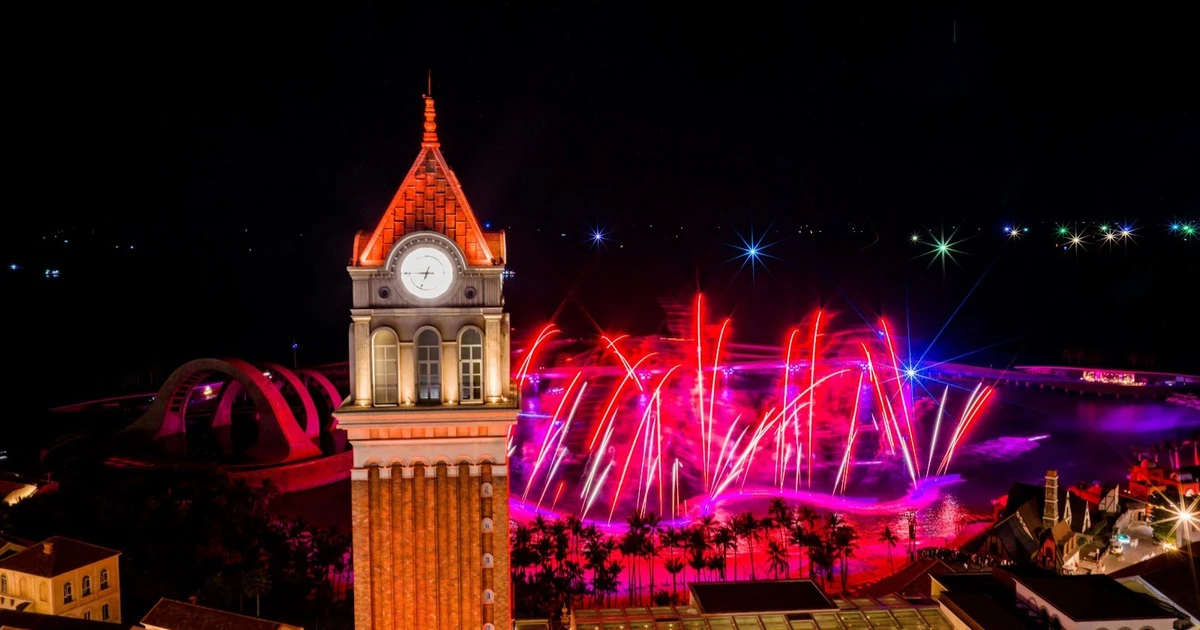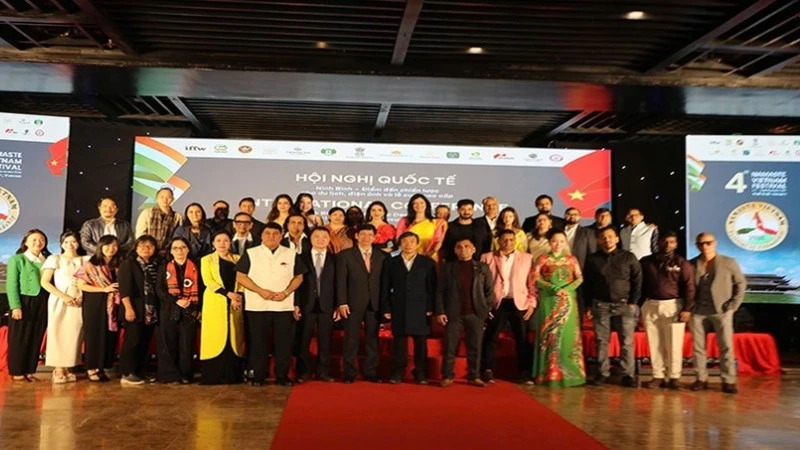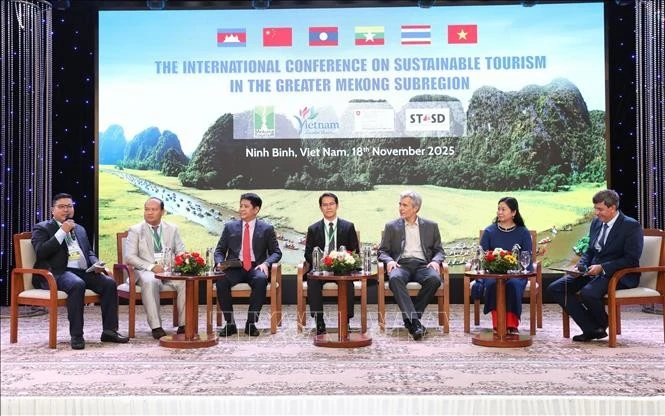Indeed, heritage – or more precisely, cultural heritage – has become the catalyst, the “bond” linking these two centrally governed cities, affirming their role as economic drivers of the nation’s central heartland.
The heritage economy transforms both tangible and intangible cultural heritage into valuable resources, creating a sustainable space for socio-economic development. This is clearly evident in the two localities rich in cultural heritage – Da Nang and the former imperial capital of Hue.
Removing bottlenecks to unlock the wealth of cultural heritage
Until the revision of the Law on Cultural Heritage in 2024, the decentralisation of heritage management had long been an persistent bottleneck for many localities. It was well understood that to make the most of cultural heritage, restoration, renovation and upgrading were essential.
For example, to attract visitors to a Buddhist temple, supporting facilities such as parking areas, restaurants, canteens and toilets are needed. Yet, because these works are related to heritage sites, they require permits from management authorities and relevant professional bodies.
The 2024 Law on Cultural Heritage has addressed these long-standing obstacles by reforming and simplifying administrative procedures, strengthening decentralisation in state management, and enhancing mechanisms and policies to promote social participation in the preservation and promotion of heritage values.
Many localities have embraced the spirit of the Politburo’s Resolution 08 dated January 16, 2017 on developing sustainable tourism associated with the conservation and promotion of cultural heritage. As a result, they have found effective ways to promote themselves and attract visitors.
Since 2019, Viet Nam has been recognised six times by the World Travel Awards (WTA) as the world’s leading heritage destination. This shows that the promotion of Viet Nam’s cultural heritage has yielded impressive results, making it a major attraction for international tourists.
In 2024, Da Nang welcomed 3.6 million international visitors, a significant portion of whom also travelled to the former imperial capital of Hue. The launch of the “Central Heritage Connection” train service is among the key efforts by the authorities of Da Nang and Hue to strengthen regional connectivity and promote tourism.
After more than a year in operation, the train has become a highly popular attraction, particularly for foreign visitors. It includes a community carriage featuring traditional cultural and folk performances, local specialties for sale, and stops for ten minutes at the summit of Hai Van Pass, known as “The Most Majestic Pass of Viet Nam”, for passengers to admire its breathtaking scenery.
Da Nang, the most dynamic city in central Viet Nam, has effectively harnessed cultural heritage values to drive socio-economic growth. In Hoi An Ward, the introduction of mandatory entrance tickets for visitors to the ancient town initially met with resistance from local residents, tour operators and some tourists. However, the city’s strong determination and flexible local mechanisms have ensured the policy’s success.
After more than two years, the revenue from ticket sales has enabled the locality to renew many services, improve visitor experiences, and provide a stable source of funding for restoration and promotion of cultural heritage.
Today, Hoi An Ancient Town is among Asia’s leading destinations according to major international travel platforms.
Da Nang has also effectively leveraged other heritage assets such as the My Son Sanctuary, Ngu Hanh Son Mountain, Nam O Fish Sauce Village, and the ancient Hai Chau Communal House. These successes have laid the groundwork, both financial and cultural, for the deeper and more effective development of intangible heritage, including the revival of traditional performing arts and folk festivals.

Stepping up digital transformation of heritage for economic growth
Exactly 100 kilometres north of Da Nang, the former imperial capital of Hue reaffirms its position as Viet Nam’s foremost city of cultural heritage. Hue has developed distinctive approaches to heritage management.
For example, a National Assembly resolution issued in 2021 granted the former Thua Thien Hue Province several special mechanisms and policies, including permission to retain all entrance fee revenues from heritage sites for reinvestment in restoration works. The Hue Heritage Conservation Fund was established as a special mechanism to mobilise financial resources from local budgets, individuals and organisations for the preservation and promotion of Hue’s heritage values.
Additionally, Hue has introduced various resolutions to create legal frameworks supporting investment in the maintenance, repair and restoration of cultural heritage sites. Yet, digitalisation of heritage has proved to be the most suitable approach for a locality with such an abundance of unique cultural treasures.
According to Hoang Viet Trung, Director of the Hue Monuments Conservation Centre, digitising and utilising heritage data not only improves preservation of tangible and intangible values but also opens new pathways for the heritage economy and creative cultural industries.
Cultural heritage data is inherently distinctive – encompassing material and spiritual aspects, as well as scientific, historical and artistic values. In Hue, this includes the imperial architectural system of palaces, mausoleums, temples and shrines; artefacts, antiques, archival materials, drawings and images; intangible heritage such as Nha Nhac court music, festivals, traditional crafts and folk knowledge; and environmental data on landscapes, greenery and water bodies, along with research records and publications.
Recently, the Hue Monuments Conservation Centre has digitised 1,400 sets of records and over 110,000 pages of documents. Many important historical monuments have been digitally recorded to enhance visitor experiences through exhibitions and 3D virtual tours, allowing domestic and international visitors to interact with iconic sites such as Thai Hoa Palace, Ho Quyen Arena and Ngo Mon Gate.
From this digital database, Hue has begun developing innovative cultural products such as interactive and digital exhibitions, smart tourism interaction stations and digital certificates. Inspired by the four royal treasures of the former imperial capital, the centre launched a blind box art toy project, selling 9,000 units within six months, and introduced the TapQuest project at Hai Van Gate, enabling tourists to interact via smart contact points.
These products have helped shift from “static conservation” to “dynamic exhibition”, transforming heritage data into new economic resources and spreading Hue’s cultural values worldwide. This initiative forms part of the centre’s broader project to leverage data for the development of cultural industries and smart tourism.
















